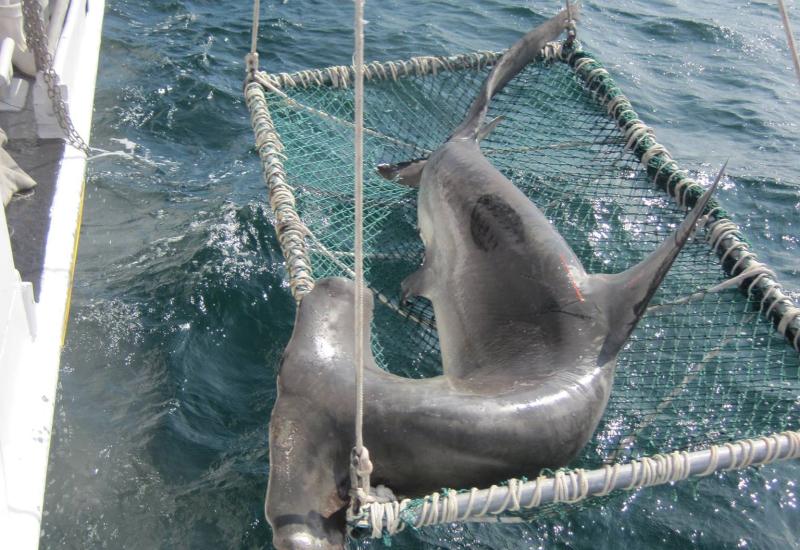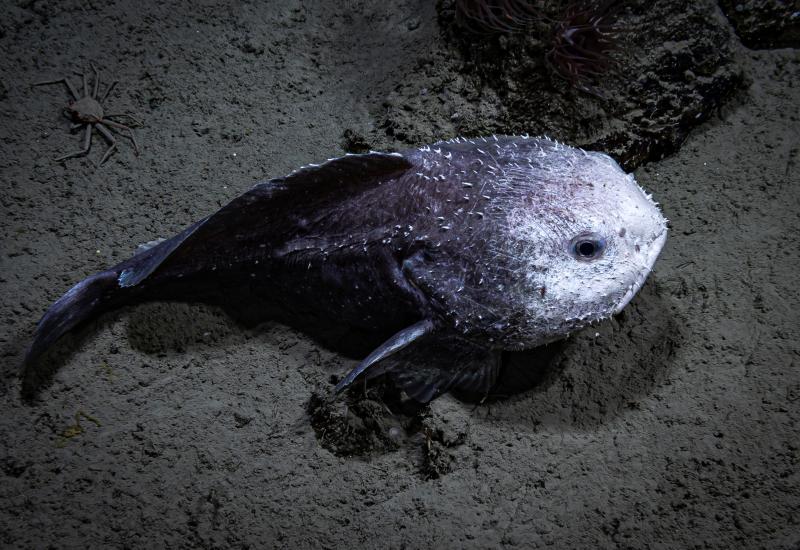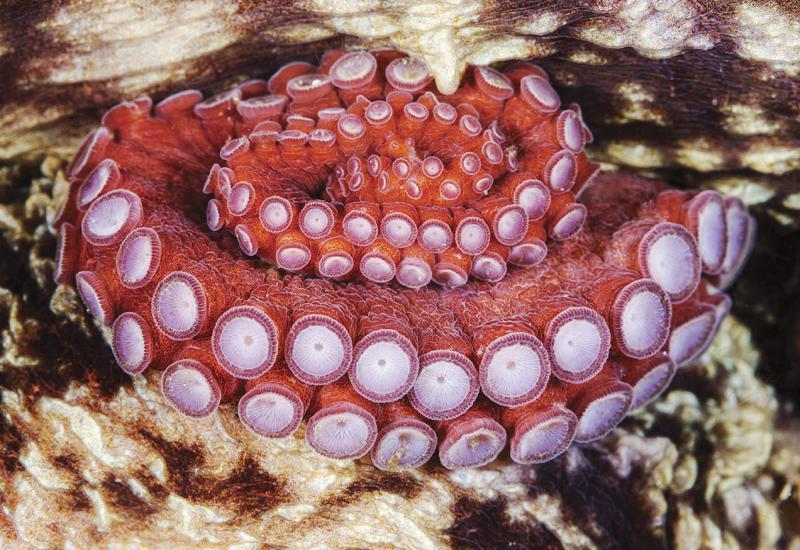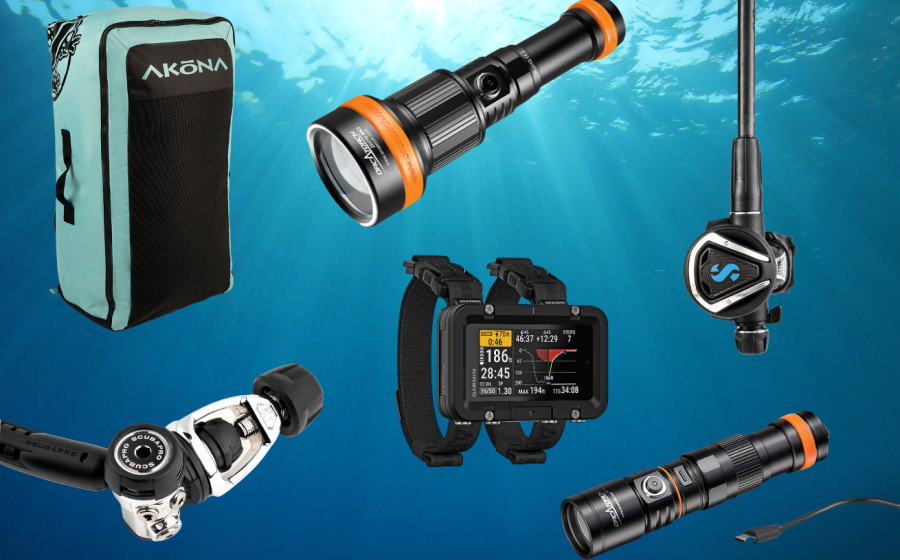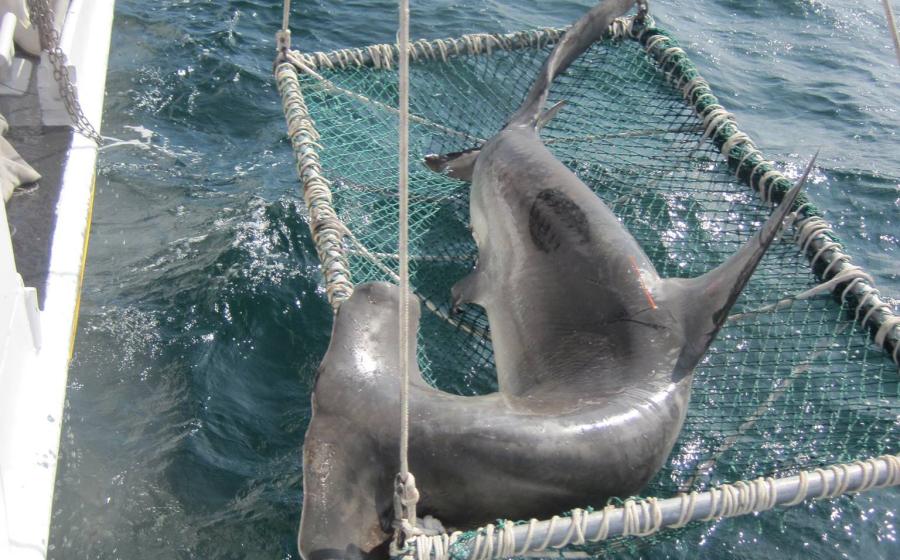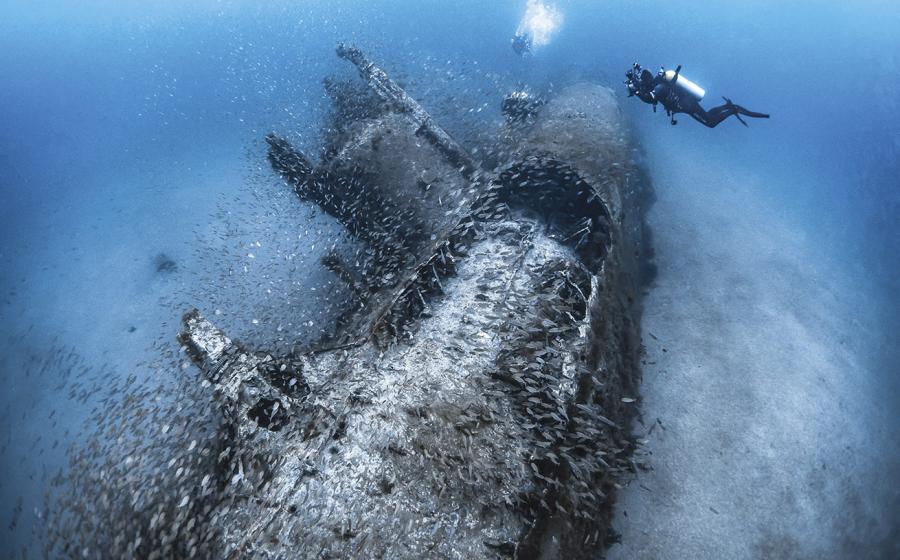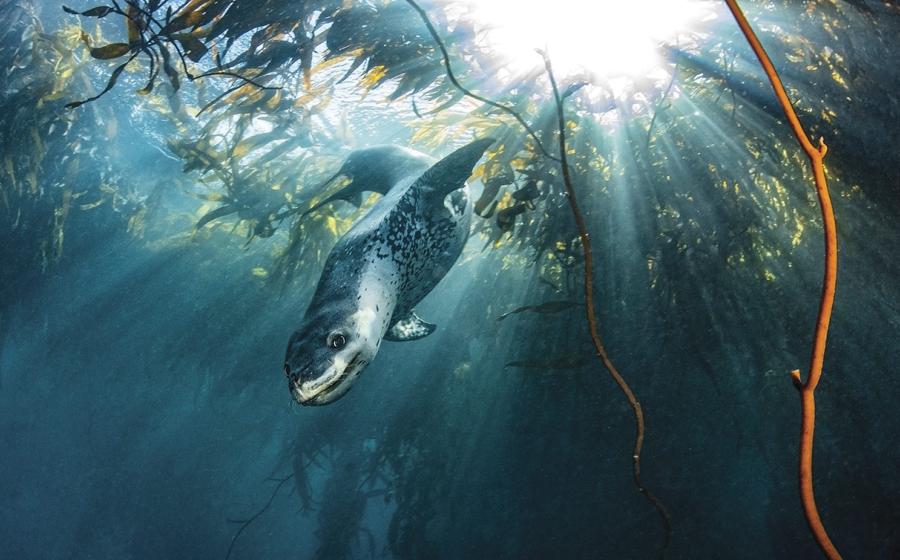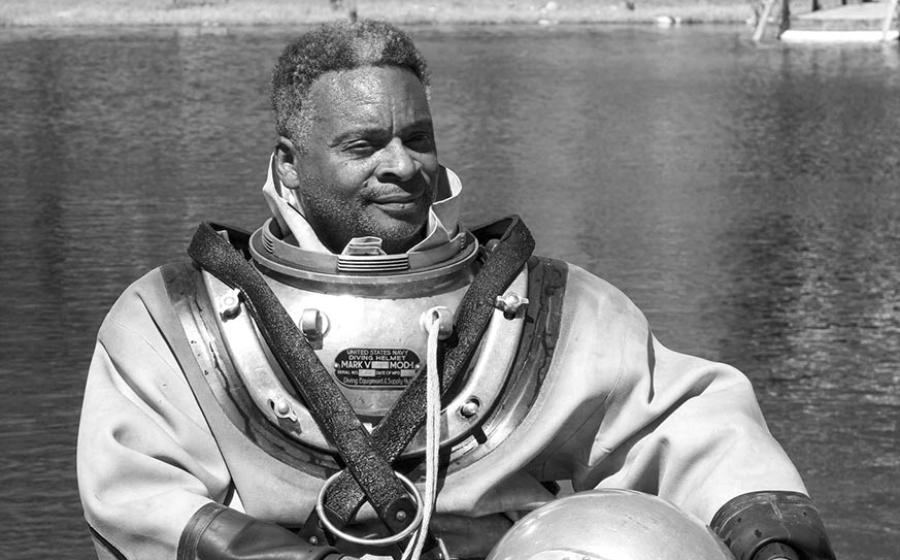In the 2021 Ocean Olympics, These Marine Animals Take Gold
In ancient Greece, the Olympics provided a venue for the best athletes to compete against each other and honor their Gods. Today, we’re headed into Poseidon’s domain to dole out medals to the fittest, the fastest, the strongest, the most agile. Welcome to the Ocean Olympics!
Fastest Swimmer
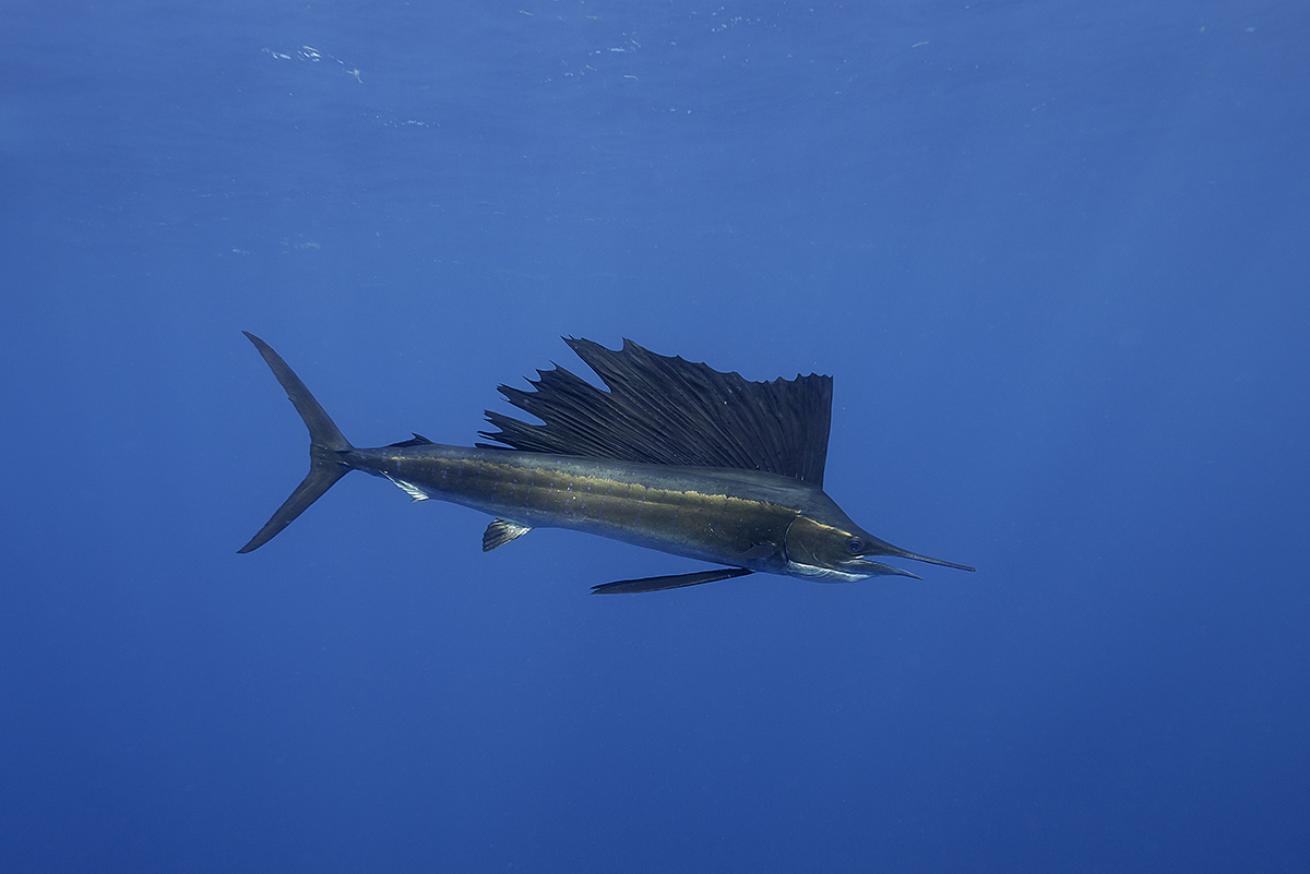
Shutterstock.com/wildestanimalLook fast or you might miss it.
In these oceanic games, the sailfish wins for the fastest fish in the sea. These expert swimmers can hit speeds of almost 70 mph, according to the National Oceanic and Atmospheric Administration (NOAA). They will often use this speed in tandem, grouping together to encircle, disrupt and snack on schools of small fish.
Long Distance Swimmers
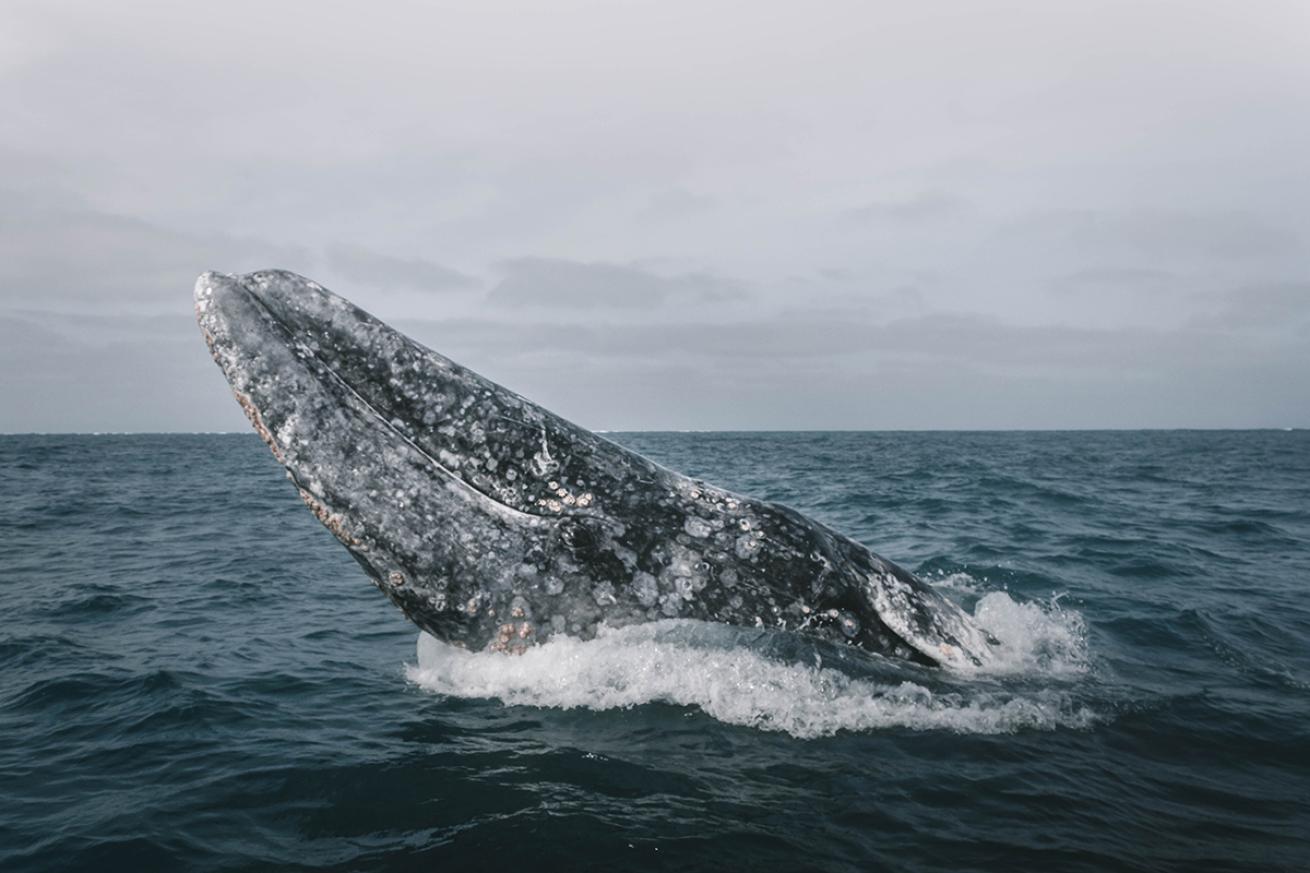
Shutterstock.com/artdaryGrey whales swim further than any other marine animal year-in and year-out.
There are a multitude of animals that swim long distances to mate and forage. One leatherback travelled more than 5,000 miles between Costa Rica and Antarctica to mate, and a female great white — known as “Nicole” — swam roughly 6,900 miles from South Africa to western Australia and back.
When it comes to the gold, the grey whale holds the record for longest seasonal migration, traveling more than 12,400 miles every year for mating. So they win as a species, but, recently, a leatherback sea turtle tracked by NOAA migrated a whopping 12,744 miles from Indonesia to the U.S.!
Highest Jump
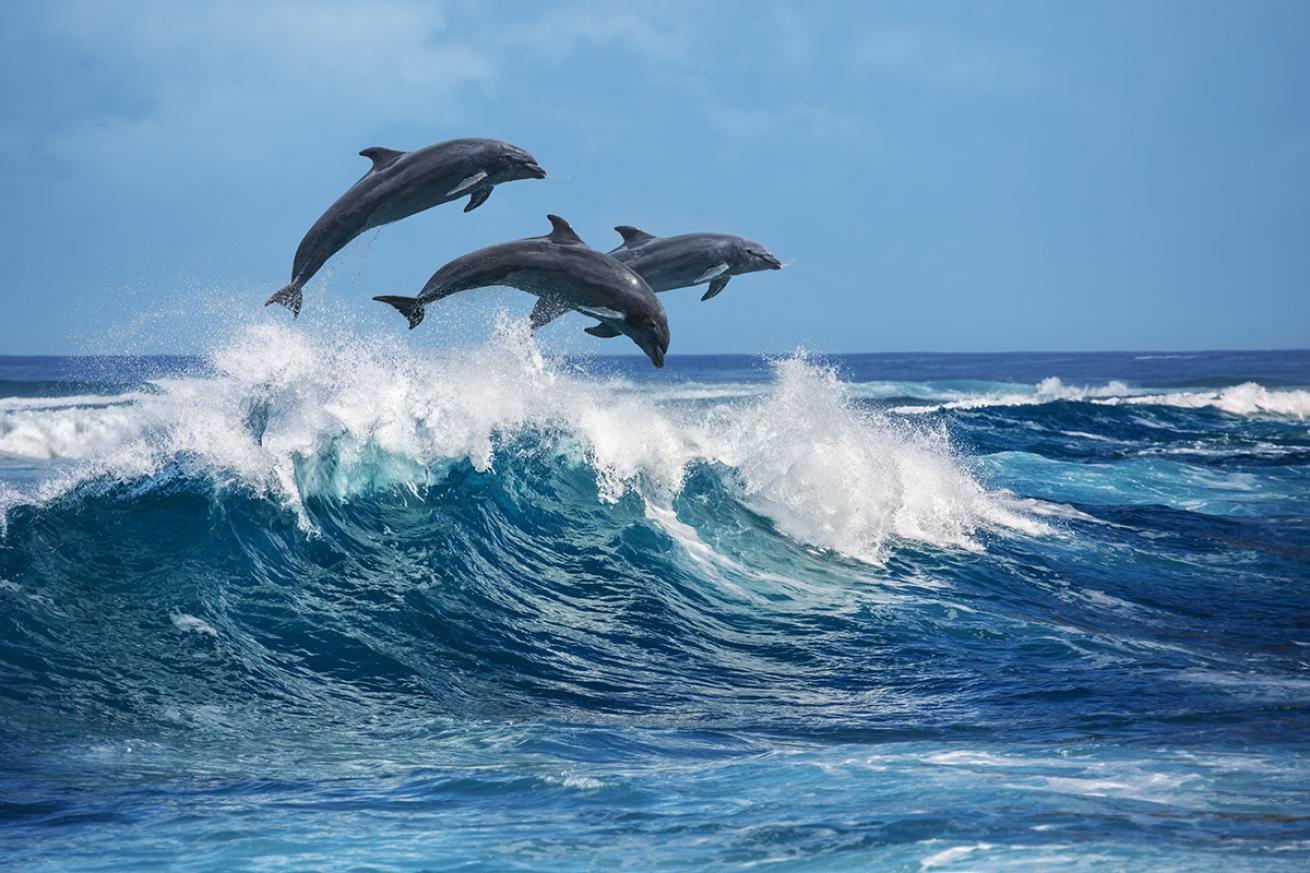
Shutterstock.com/Willyam BradberrDolphins can jump more than 20 feet.
The trampoline entered the hallowed halls of the Olympics in 2000, where athletes spring into the air, executing incredible, death-defying aerial tumbles. In the ocean, different animals will jump in and out of the water for various reasons: escaping predators, catching prey or communicating. Here, dolphins have the best hops — 22.9 feet!
Other category contenders include whales, orcas and great white sharks. Finally, large schools of mobula rays have been known to leap — (and then belly flop) — up to seven feet skyward.
Surfing
Surfing will make its Olympic debut this year. Contestants will be judged on their top waves surfed during their heat. Factors that matter for the Olympic judges include: commitment and difficulty of chosen waves, innovation within the sport, variety, speed, power and flow, or “style on a wave,” as Olympics News reported.
While dolphins love to surf the bow waves of dive boats, seals take the top title. Known to surf waves like surfers do, seals leap high above the surface while performing wild acrobatics. That’s worth gold in our eyes.
Boxing
Boxing has been an Olympic sport since 1904. Contestants in the Olympic Games will face each other according to weight class. In the oceans, however, the top fighter usually fights well above its class.
The peacock mantis shrimp is the best pound-for-pound fighter in the animal world, according to National Geographic. The force of its punch is anything but shrimpy — it’s been caught on tape breaking glass. The mantis shrimp’s hammer claws are its secret weapon, which it can use to break shells on hermit crabs, stun prey and even fight off predators. The animals’ fast strike and unmatched vision make them nearly impossible to stop. In the 2020 viral National Geographic Wild video above, a California mantis shrimp defends itself against an unfortunate octopus. The former continued to strike the latter with punches until the cephalopod finally gave up and retreated.
Rhythmic Gymnastics

Schmidt Ocean InstituteEstimated to be 390 feet long, this siphonophore is likely the longest animal in recorded history.
The Olympic sport is an exercise in showmanship, with gymnasts performing on a floor with either a hoop, ball, ribbon or other accessory. Our ocean athlete doesn’t hold the ribbon — it is the ribbon.
Siphonophores are long, slender creatures that, though they appear to be one animal, are actually a colony. Many are nearly see through, and the largest one on record was spotted last year, and estimated to be nearly 400 feet long!
Weight Lifting
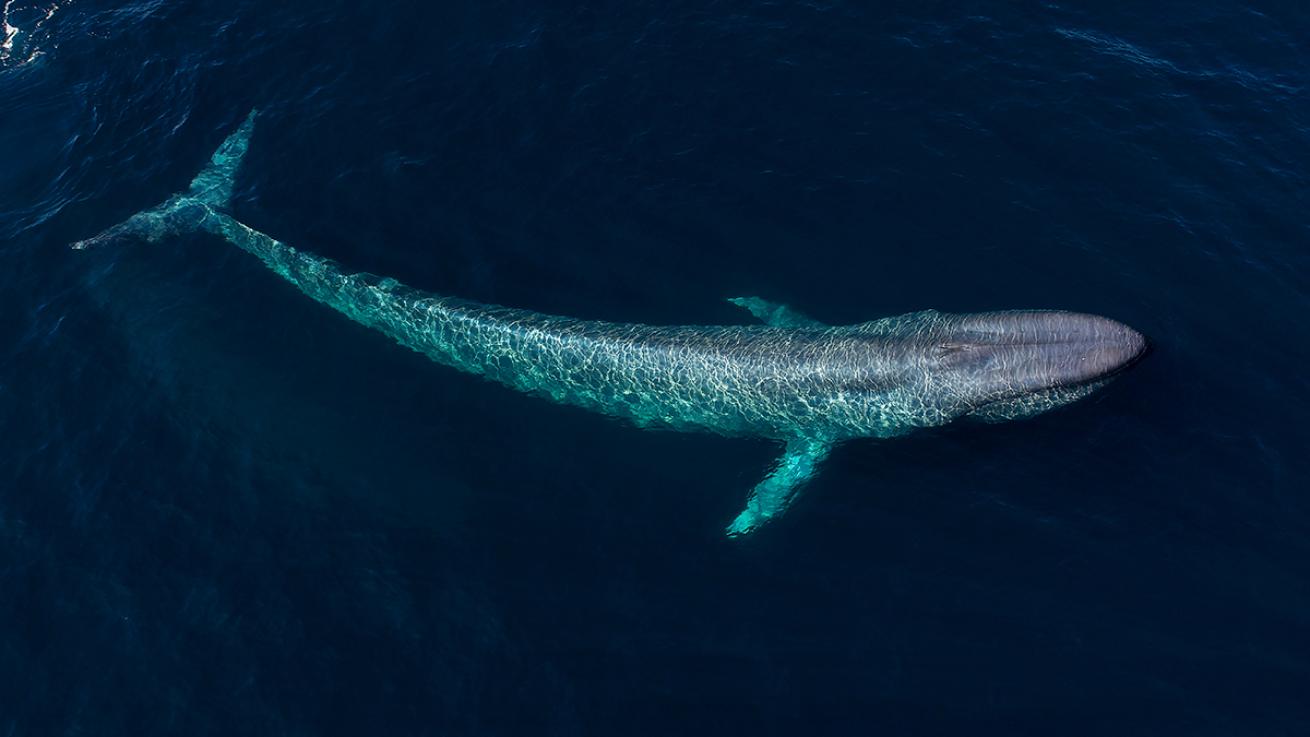
Shuttertstock.com/Chase DekkerThis elegant tail pack a mighty punch.
An intermittent feature in the Olympics since the late 1800s, weightlifting is a show of raw strength. When it comes to exerting a burst of brawn, blue whales outstrip any other sea creature. It’s estimated that when a blue whale flaps its tail, it exerts nearly 13,500 pounds of force!
Fencing
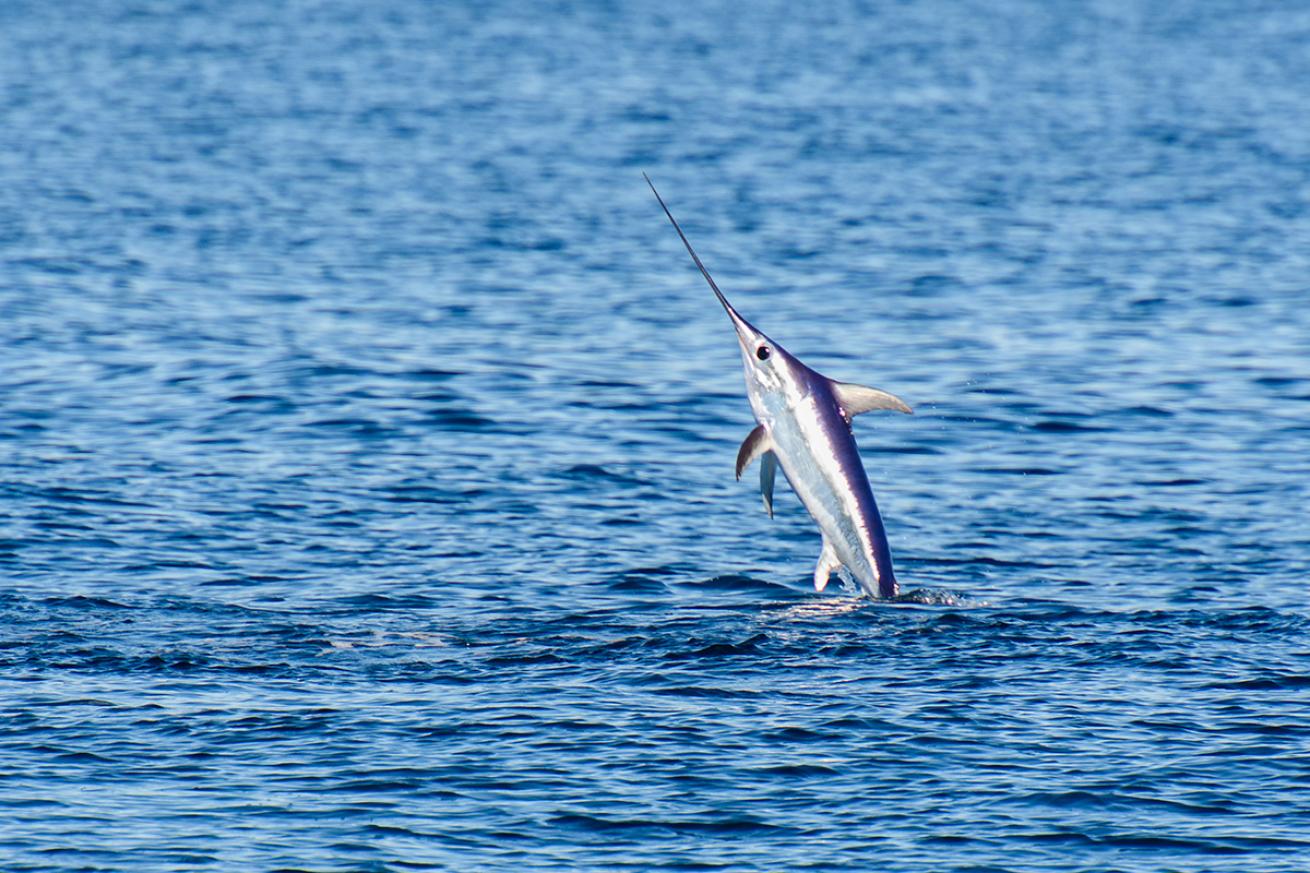
Shutterstock.com/Gorb AndriiThe swordfish easily sweeps the competition with its unique lance.
Fencers must be quick on their feet, avoiding their opponent’s lance while eyeing for a crack in the opposition’s offensive. Olympic competitors use three different weapons — the foil, epee and sabre — but our marine contestant has only one option: it’s bill.
Swordfish use their eponymous bill to lash out, striking to stun its prey so dinner is an easier catch. Other billfish, like marlin and sailfish, use their protrusion to hunt, but none have as fine a lance: the swordfish’s bill can be up to one third of its body length.
Sailing
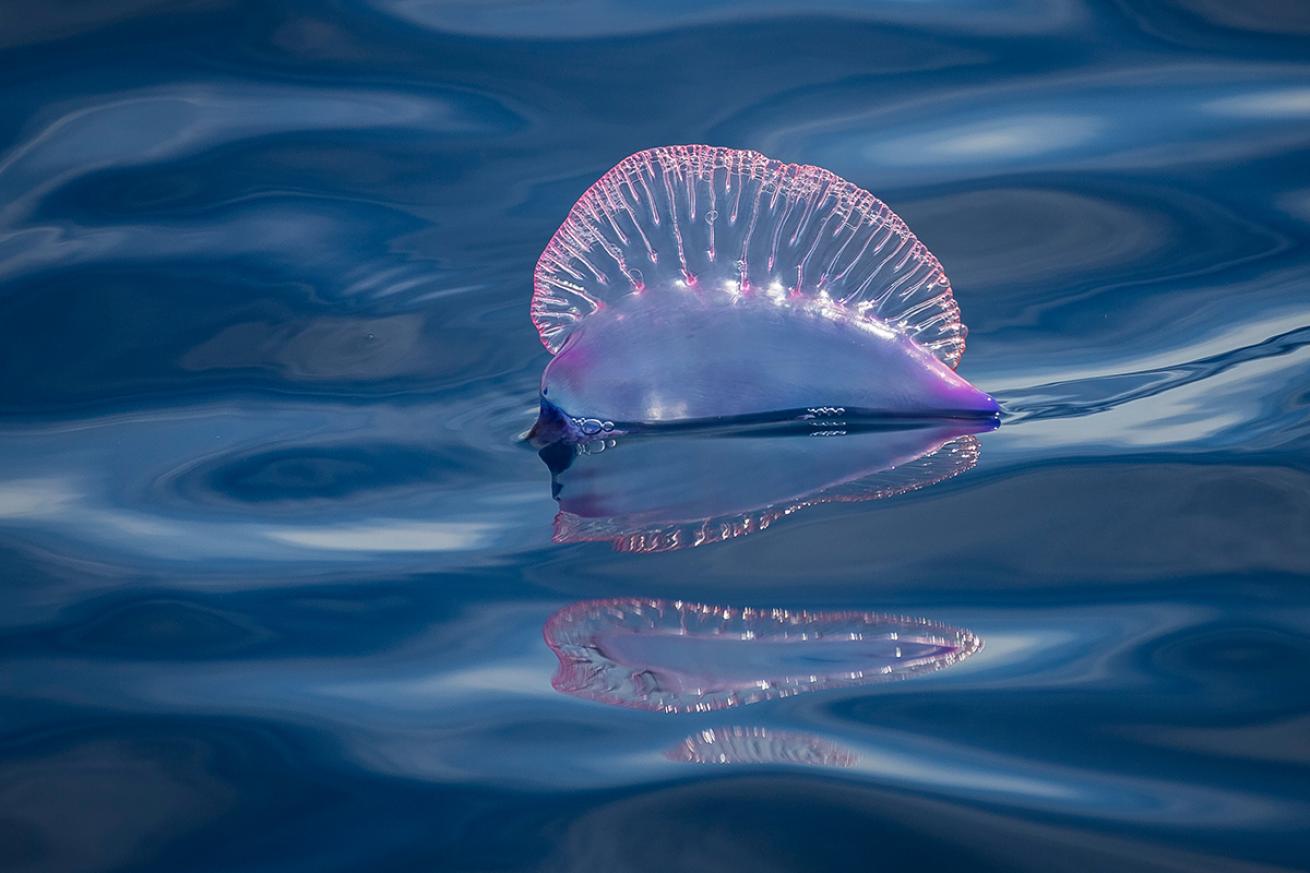
Shutterstock.com/Gonzalo JarSailing the tides.
Known both for their beauty and their sting, the Portuguese man o’ war takes home the gold for sailing. The jelly is named for its balloon-like float, which resembles the sail of an 18th-century Portuguese warship and which varies in color from blue, violet or pink. This “sail” can sit up to half a foot above the surface and helps these animals traverse tropical seas without swimming. Instead, just like old ships, they only have to rely on the winds and ocean currents.

